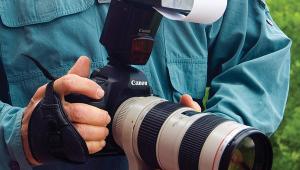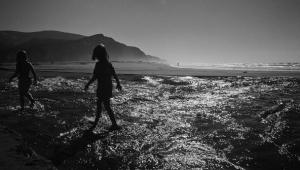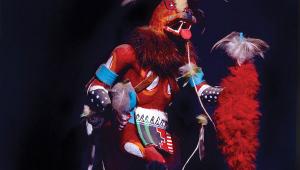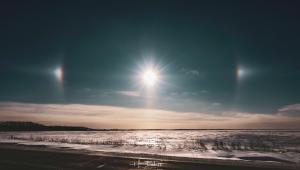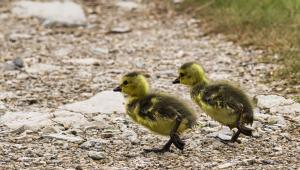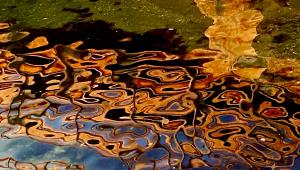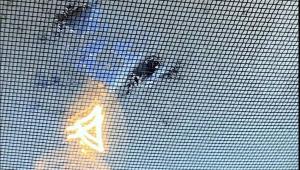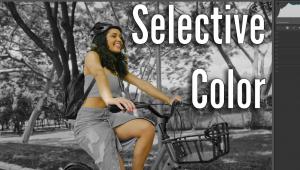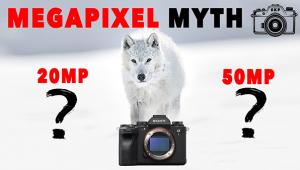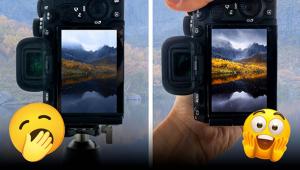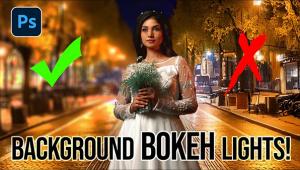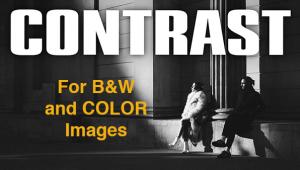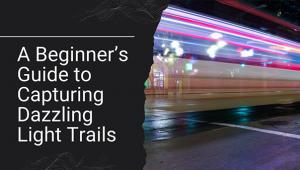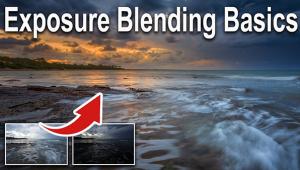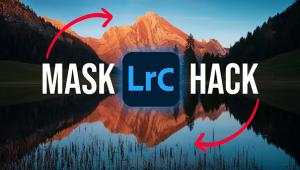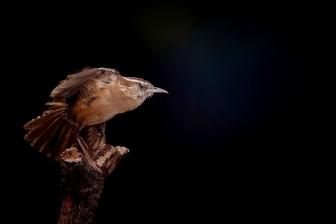Seeing Shadows
Seeing Shadows
“Negative” Space That Defines Content
by George Schaub
While there may be times when you want to open shadows to see the details “inside,” deep texture and detail-less shadows play an important role in defining the space in a photograph. Such shadows can also take on a character or life of their own and have shape and volume that can be as important to the composition as the content itself. They also can break the rectangular frame by spilling into the edges and making curved, triangular, and truncated edges that help break the frame out of the ordinary.
For this to work the scene contrast must be rather high, or high enough to remove content from the shadows themselves. Exposure readings should be made from the brighter or brightest part of the frame alone, with the shadow removed from consideration. This generally means use of the spot metering pattern, or, if the brightness spreads through the frame enough, center-weighted averaging. If need be a minus exposure compensation can be applied as well.
Light And Shadow
The color and quality of light on this flower (#1) is enhanced even more by the deep, dark background and light skimming across the leaves that illuminates the edges but drops the shadows into near—or complete darkness.
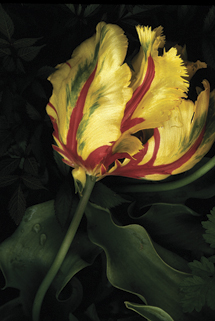 |
|
|
Settings: Spot reading off the flower petals, exposure lock, at ISO 200, f/11 at 1⁄125 second.
The sense of being deep in this stand of trees (#2), photographed at an altitude of 10,000 ft, is heightened by the use of shadow and form and the placement of the giants.
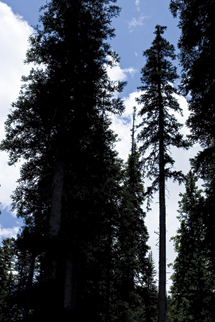 |
|
|
Settings: Spot reading off the clouds, exposure lock, at ISO 100, f/16 at 1⁄200 second.
A low sun shining across the plane of this photo (#3) creates an interplay between the subjects and their shadows. The shadows give the image its rhythm and define the compositional forms.
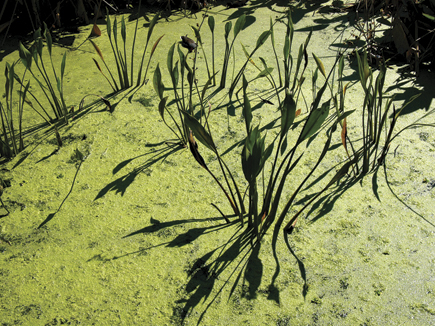 |
|
|
Settings: Spot reading from the green pond surface, set in Manual Exposure mode, at ISO 100, f/16 at 1⁄250 second.
The harsh desert light in Joshua Tree National Park is a wonderful place to put this idea into play (#4), as the nature of the light itself forces you to consider deep shadows as both necessary to proper exposure and as an inherent part of the composition.
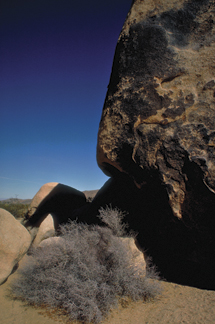 |
|
|
Settings: Spot reading off the bright area in the rock directly above the bush, exposure lock, at ISO 200, f/22 at 1⁄125 second.
In midsummer at 8,000 ft at noon the light is so bright that almost any shadow in the scene will go detail-less. Use the exposure conditions as part of your compositional considerations. This photo of a shard of rock with petroglyphs (#5) was made in the Rio Pueblo River valley outside Taos, New Mexico.
 |
|
|
Settings: CWA reading, -1 exposure compensation, at ISO 200, f/16 at 1⁄160 second.
As you walk through the woods (#6) you can squint to see how light and deep shadow will interplay. This will give you a good sense of what will happen when you expose for the highlight area.
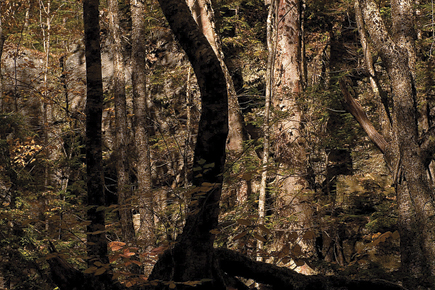 |
|
|
Settings: Spot metering on the bright tree bark, at ISO 200, f/16.1 at 1⁄250 second.
 |
|
|
- Log in or register to post comments

